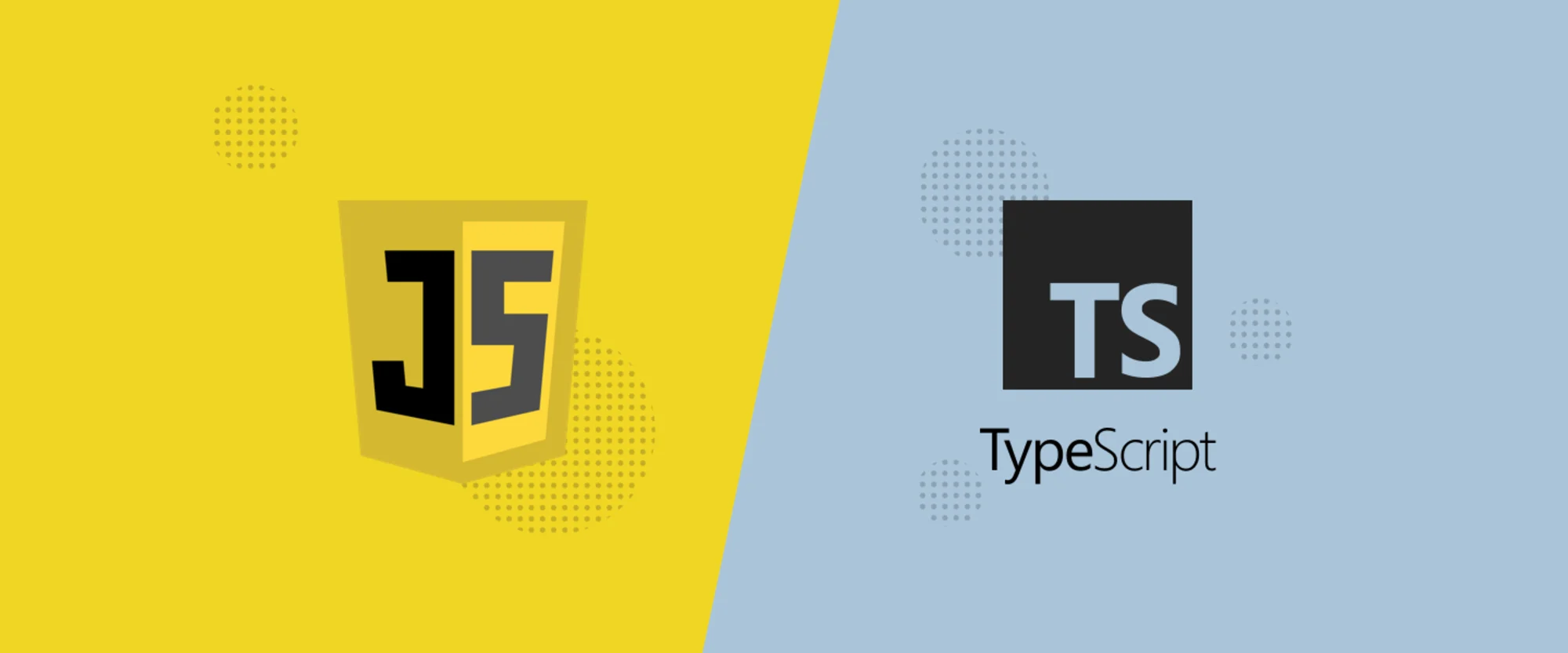Beginner's guide to JavaScript and TypeScript
A comprehensive comparison of JavaScript and TypeScript

A lot of beginners who start learning about JavaScript (opens new window) will come across TypeScript (opens new window) and wonder what it is and whether they need to learn it. So we're going to answer those questions and explain the differences between JavaScript and TypeScript. And by the end you'll have a better understanding of TypeScript and how it fits into software development.
# JavaScript: The Language of the Web
JavaScript is a versatile and widely adopted programming language that powers the interactive elements and functionality of almost every website on the internet. It is a dynamic, high-level language that allows you to bring life to your web pages through interactivity, animations, and dynamic content.
# Getting Started with JavaScript
To start writing JavaScript code, all you need is a web browser and a text editor. You can embed JavaScript directly into your HTML files using >script< tags or externalize your JavaScript code into separate files. JavaScript has a simple and intuitive syntax, making it an ideal language for beginners.
# Dynamic and Versatile
JavaScript's dynamic nature allows variables to hold values of any type, making it highly flexible. You can manipulate the DOM (Document Object Model) to modify webpage elements, respond to user interactions, validate forms, and much more. JavaScript is also commonly used on the server-side (with technologies like Node.js) and in mobile app development (with frameworks like React Native).
# TypeScript: The Typed Superpower
TypeScript is an open-source programming language developed by Microsoft. It builds upon JavaScript by introducing static typing and additional features that enhance code organization and maintainability. TypeScript code is transpiled into JavaScript, making it compatible with all JavaScript environments.
# Static Typing: The Power of TypeScript
One of the key differentiators of TypeScript is its static typing system. With TypeScript, you can define types for variables, function parameters, and return values. This helps catch errors early in the development process and enables better code documentation and readability. IDEs and code editors provide powerful tools for autocompletion, type checking, and refactoring support, making development easier and more efficient.
# Enhanced Code Organization
TypeScript supports modern programming concepts like classes, interfaces, modules, and namespaces. These features allow you to organize your code into reusable components, define contracts between different parts of your application, and promote modular architecture. TypeScript's class-based object-oriented programming capabilities make it easier to build complex applications and maintain large codebases.
# Seamless Integration and Wide Adoption
TypeScript is designed to be a superset of JavaScript, meaning that any valid JavaScript code is also valid TypeScript code. This compatibility allows you to leverage existing JavaScript libraries, frameworks, and resources. Many popular frameworks like Angular, React, and Vue.js have official TypeScript support and provide enhanced development experiences.
# Which One to Choose?
As a beginner, you might wonder which language to learn first. While JavaScript is a more accessible starting point due to its simplicity and wide adoption, TypeScript can be seen as a natural progression once you grasp the basics of JavaScript. You can gradually introduce TypeScript into your projects as you become comfortable with the concepts and benefits it offers.
# Conclusion
JavaScript and TypeScript are both essential languages for web development. JavaScript provides a foundation for creating dynamic and interactive web pages, while TypeScript adds static typing, enhanced code organization, and tooling support. Whether you start with JavaScript or dive into TypeScript, you'll be equipped to build amazing web applications and embark on an exciting programming journey.
Remember, learning programming is a continuous process of exploration and practice. Happy coding!
